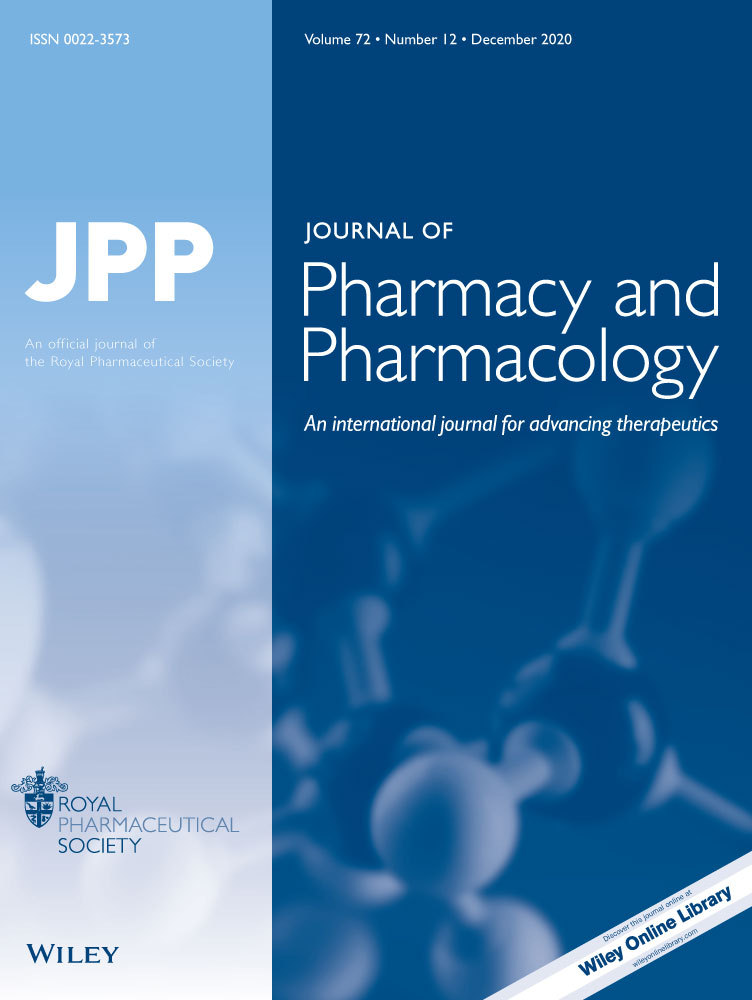Mechanism for Synergism between Sulphonamides and Trimethoprim Clarified
Abstract
Pseudomonas aeruginosa, Escherichia coli, Pseudomonas cepacia and Moraxella catarrhalis were selected for their markedly different resistance patterns to sulphonamides and trimethoprim. In addition, strains of E. coli and P. cepacia were selected having different resistance profiles to the inhibition of dihydropteroate synthetase and dihydrofolate reductase.
All inhibitors of dihydropteroate synthetase combined in any combination with inhibitors of dihydrofolate reductase resulted in mutual enhancement of bacterial uptakes of the inhibitors and corresponding increased antibacterial activity of the combinations. High concentrations of sulphonamides or p-aminobenzoic acid plus trimethoprim caused a decrease in overall activity of the combination and indicated that both sulphonamides and p-aminobenzoic acid at high concentrations can interact with dihydrofolate reductase. The antibacterial activity of p-aminobenzoic acid at high concentrations is considered to be a blocking effect on dihydrofolate reductase even though p-aminobenzoic acid at low concentrations is an essential part of the synthesis of dihydrofolic acid.
These findings support an alternative hypothesis for the mechanism of antibacterial action of individual antifolates and their mechanism of synergism in combination.




